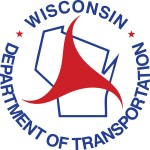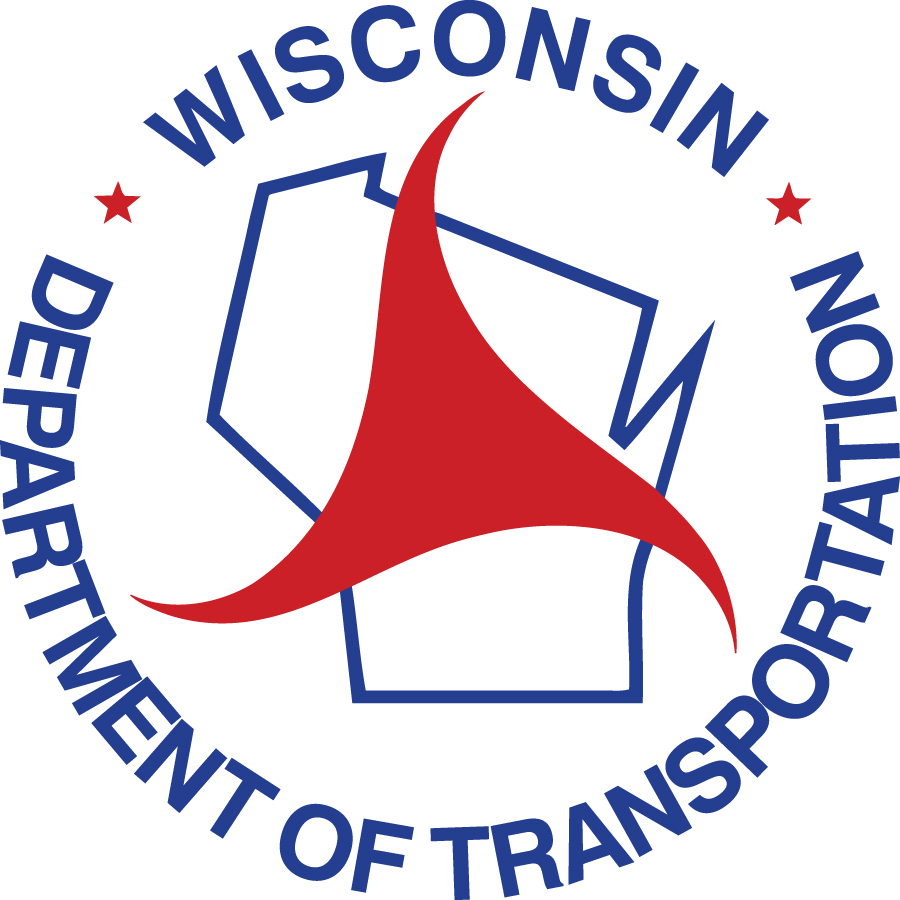State traffic deaths increased by nearly 6 percent in 2016
To prevent deaths and injuries in the upcoming year, WisDOT along with its traffic safety partners will intensify many safety initiatives
Wisconsin ended 2016 with 588 traffic fatalities, which was 33 more than 2015 and 40 more than the five-year average, according to preliminary statistics from the Wisconsin Department of Transportation (WisDOT). Traffic fatalities in 2016 were the highest since 2012 when 601 people died on Wisconsin roads.
“Low gas prices and an improving economy in 2016 likely contributed to an increase in the number of vehicles on the road and the miles they traveled. An increase in vehicle miles traveled (VMT) can also increase the risks for crashes,” says David Pabst, director of the WisDOT Bureau of Transportation Safety.
“The 2016 VMT will not be available for several more months. However, VMT in 2015 was up nearly 2.1 billion miles compared with the previous year and that was the largest statewide increase in 17 years. It seems likely that VMT in 2016 was high as well,” Pabst says.
“Speeding, impaired driving and lack of safety belt use have for many years been frequent factors in fatal crashes,” Pabst says. “In recent years, there’s been an increase in distracted driving including the use of cell phones behind the wheel. The dangers of distracted driving, also known as inattentive driving, are not exaggerated. During the last five years, an average of 97 people were killed and more than 10,000 were injured annually in crashes in which at least one driver was listed as driving inattentively. Because distracted driving greatly increases the risk of causing a crash or failing to avoid one, people always need to pay attention to traffic and road conditions.”
To prevent deaths and injuries in the upcoming year, WisDOT along with its traffic safety partners will intensify many safety initiatives including the following:
- There were 87 law enforcement task forces throughout the state in 2016 to combat drunken driving, drugged driving and distracted driving, as well as to increase safety belt use and pedestrian safety. The task forces allow multiple law enforcement agencies to coordinate and combine their resources for high-visibility enforcement and education efforts. Federal funding administered by WisDOT covers the overtime wages for task force officers.
- More Wisconsin law enforcement officers are being trained to detect drug-impaired driving. Deaths from drug-related traffic crashes have increased approximately 200 percent over the last 10 years. Wisconsin now has more than 230 drug recognition experts, putting it in the top five per capita in the United States.
- High-visibility enforcement and education efforts, like the Click It or Ticket campaign, have increased safety belt use to more than 88 percent, which is an all-time high in Wisconsin. However, Wisconsin’s safety belt use rate still lags behind neighboring states all of which have safety belt use rates of more than 90 percent.
- To prevent speed-related crashes on major highways, the State Patrol Air Support Unit flew 61 traffic enforcement missions last year. WisDOT used Twitter to advise drivers of the time and locations of many of the aerial enforcement missions to increase voluntary compliance with speed limits and other traffic laws.
- WisDOT launched online crash forms and a new crash database on Jan. 1, 2017. The forms and database had not been updated in 20 years. They will provide critical data for improving traffic safety, such as information about crashes involving cell phone use.
- The State Patrol is using crash data to plan where and when to deploy its officers. In addition to interstate corridors, State Patrol officers are increasingly patrolling other highways with high crash rates.
- The State Patrol received a $400,000 federal grant in 2016 to bolster its efforts to prevent large-truck crashes. Using grant funds, State Patrol officers are enforcing speeding and other traffic safety laws in 28 counties where serious injury and fatal crashes involving commercial motor vehicle are highest.
- WisDOT will continue to work with motorcyclists’ groups to promote safety initiatives including the need for riders to always wear protective gear and to have a motorcycle endorsement on their license. From 2010 to 2014, approximately 68 percent of motorcyclists killed in crashes were not wearing helmets. During the same period, about 37 percent of motorcyclists killed in crashes had not completed the safety training or skills test required to obtain a motorcycle license in Wisconsin.
- WisDOT will continue its cost-effective traffic safety engineering improvements. These improvements include installation of roundabouts, designing safer intersections, installation of centerline and shoulder rumble strips to prevent run-off the road and lane departure crashes, installation of cable barriers to stop cross median crashes, installation of high-friction surfaces, and better signage and advanced warning systems for construction work zones.
- WisDOT and its traffic safety partners will use enforcement and education to increase voluntary compliance with a recently enacted state law that prohibits handheld cell phone use in road construction work zones.
“We will focus our traffic safety education and enforcement efforts on improving the behavior and decision making of drivers and others who travel on streets, local roads and highways,” Pabst said. “In addition, engineering advancements will help make the vehicles we drive and the roads we drive on much safer for all users.”
In assessing the increase in traffic fatalities, WisDOT Secretary Gottlieb said, “Preventing crashes that cause serious injuries and deaths will always be a top priority for our department. Traffic fatalities are more than just numbers and statistics. Each number was a person whose tragic death was mourned by family and friends. And we know that hundreds of traffic deaths could have been prevented if motorists had only slowed down, paid attention, driven sober and buckled up. Therefore, we remain committed to our ultimate goal of zero preventable traffic deaths in Wisconsin.”
To view ‘2016 Wisconsin traffic fatalities summary by role’ and ‘Wisconsin traffic fatalities & fatal crashes since 1990,’ visit the WisDOT website.
NOTE: This press release was submitted to Urban Milwaukee and was not written by an Urban Milwaukee writer. While it is believed to be reliable, Urban Milwaukee does not guarantee its accuracy or completeness.
Mentioned in This Press Release
Recent Press Releases by Wisconsin Department of Transportation
Wisconsin State Patrol and Wisconsin Motor Carriers Association team up to stop risky driving behaviors
Jul 14th, 2025 by Wisconsin Department of TransportationAnnual Trooper in a Truck campaign, July 14-18






















